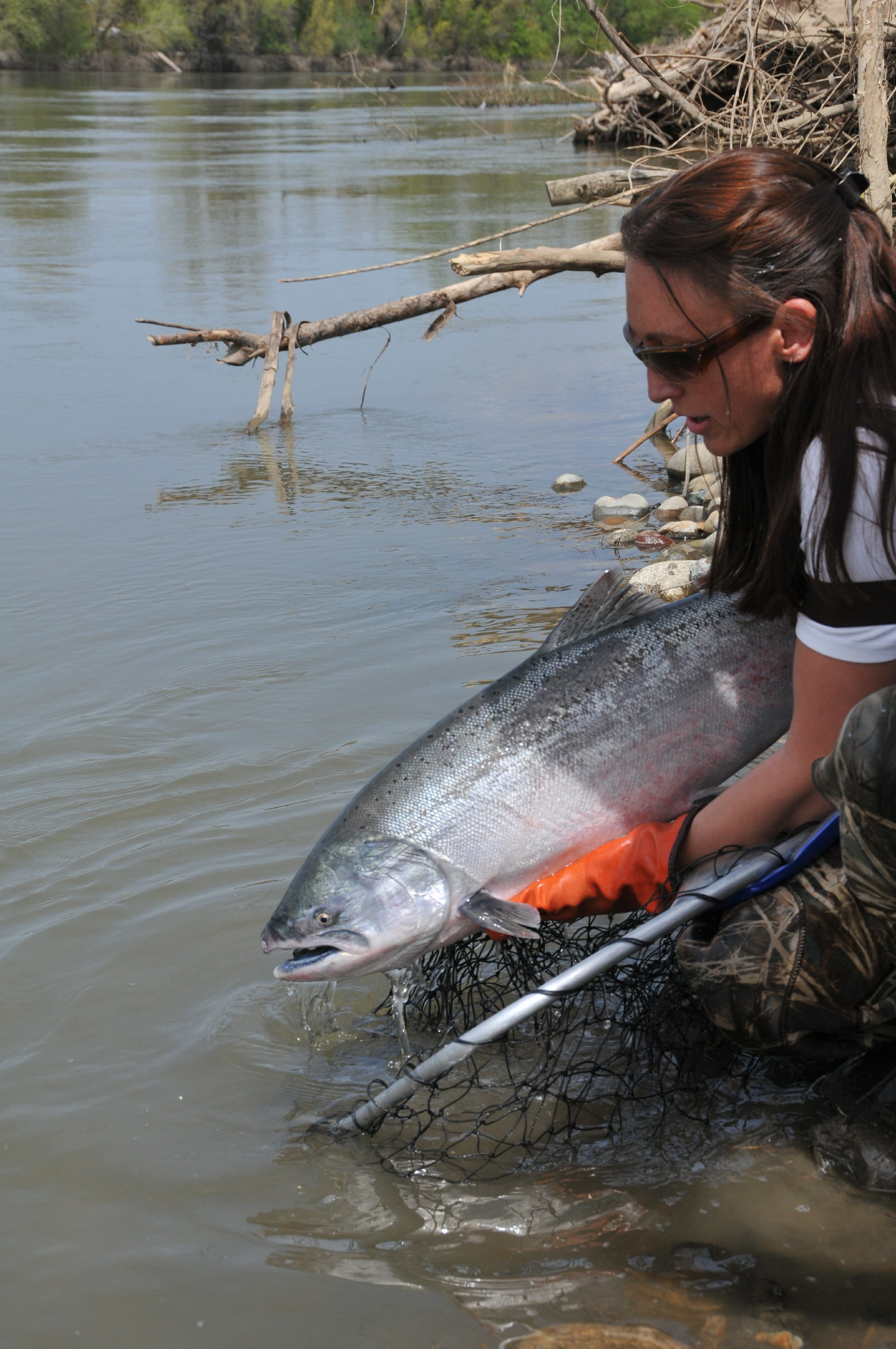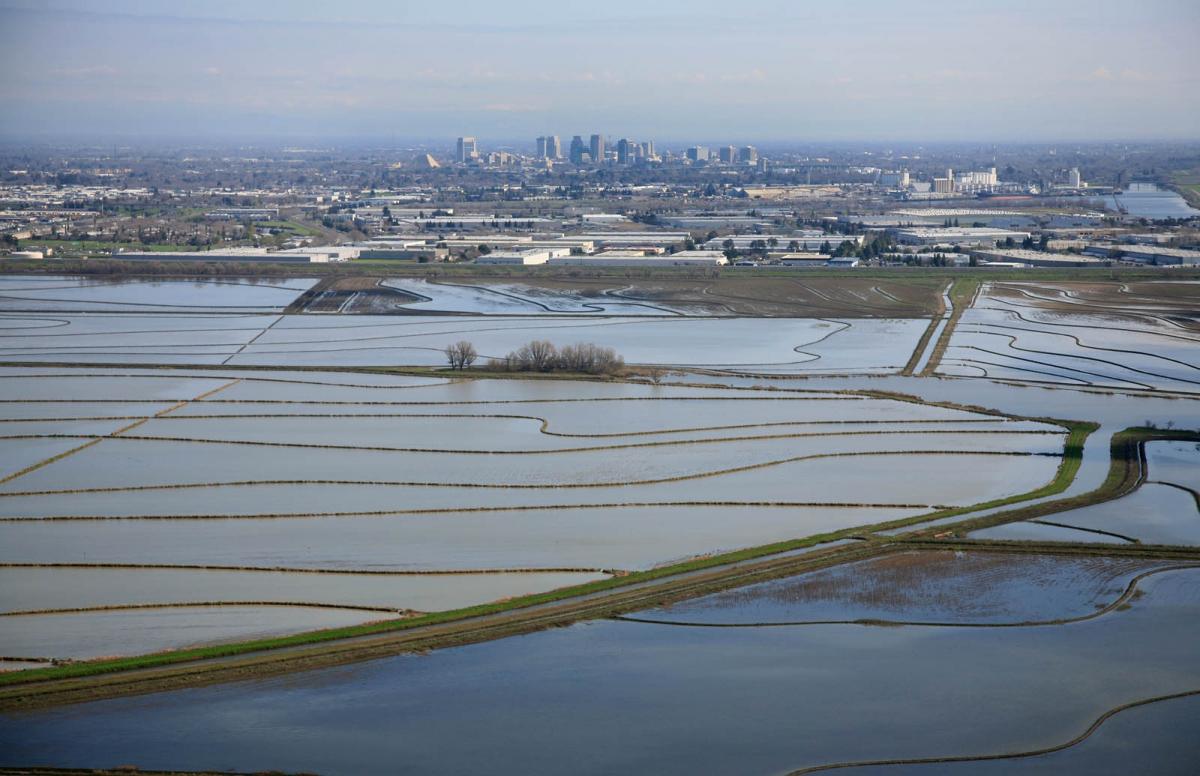It is no secret that good conservation outcomes, as a rule, don’t happen overnight. Today’s action by California’s Central Valley Flood Protection Board to adopt a new plan for reducing flood risks and restoring ecosystem health is a huge step forward for salmon and steelhead conservation tha
t has been years in the making.
The new Central Valley Flood Protection Plan integrates a dramatically different approach called “multi-benefit” flood management. This approach recognizes that by strategically expanding floodplains, floodways and flood bypasses, we can reduce flood risk to people and property while providing myriad additional benefits.
This new approach is supported by a wide range of stakeholders and is based on consensus recommendations from an Advisory Committee that includes agricultural interests, local flood agencies, scientists, and representatives from environmental and fishing groups.
Dr. Rene Henery, California Science Director for Trout Unlimited, played a key role in forming this committee and supporting the development of the Conservation Strategy that is the focus of its recommendations. The novel Conservation Strategy was adopted today as part of the Flood Plan.
 (L) Central Valley Chinook salmon. Photo: California Department of Fish & Wildlife
(L) Central Valley Chinook salmon. Photo: California Department of Fish & Wildlife
Henery said, “The new Flood Plan is an ambitious, science-based, collaborative effort that maps out the path to a more integrated and resilient California; it serves as a model for the nation on how we can adapt to climate change and reduce flood risk with carefully designed multi-benefit projects.”
The risk of catastrophic flooding in the Central Valley is increasing with climate change. The CVFPP intends to provide 200-year flood protection for urban areas while reducing flood risks to small communities and agricultural lands. It is designed to improve flood protection for over one million Californians and $70 billion in homes, businesses and infrastructure.
For the past three decades, the central strategy in California’s effort to reduce flood risk in the Central Valley has been to “strengthen in place”— essentially to build larger and higher levees. That approach has proven unreliable for flood protection and resulted in a wide range of undesirable impacts, including reduced groundwater recharge and harm to ESA listed species, the state’s most important salmon runs and to commercial and recreational fishing industries.
In addition to providing improved flood protection and reducing maintenance costs, the multi-benefit approach helps restore river function by increasing floodplain habitat and food production for salmon, waterfowl and other wildlife. This approach can provide a wide range of additional benefits, including increasing groundwater recharge, expanding recreational opportunities, reducing potential for levee failures, improving water quality, and preserving working agricultural lands.
For these reasons, even as the new flood plan was being drafted, more than a dozen multi-benefit flood control projects were being planned or built across the Central Valley.
Over nearly fifty years of salmon and steelhead conservation efforts we have found that no single act of restoration or recovery initiative is sufficient to achieve the goal of reversing the declines of these fishes, on whose annual runs entire cultures and economies have been built. To be successful, our conservation strategy must protect and restore all of the linked habitat types, from headwater springs to floodplains and estuaries. The 2017 Central Valley Flood Protection Plan Update is a major advance in this regard.
It took years to formalize the understanding that flood management in California can and must be integrated with salmon and steelhead recovery efforts to achieve both objectives. Thanks to the vision of the Flood Board and stakeholders in the CVFPP process, there is reason to hope that the next major advance in restoring the legendary sea-run fisheries of the Sacramento and San Joaquin rivers will not take as long.



